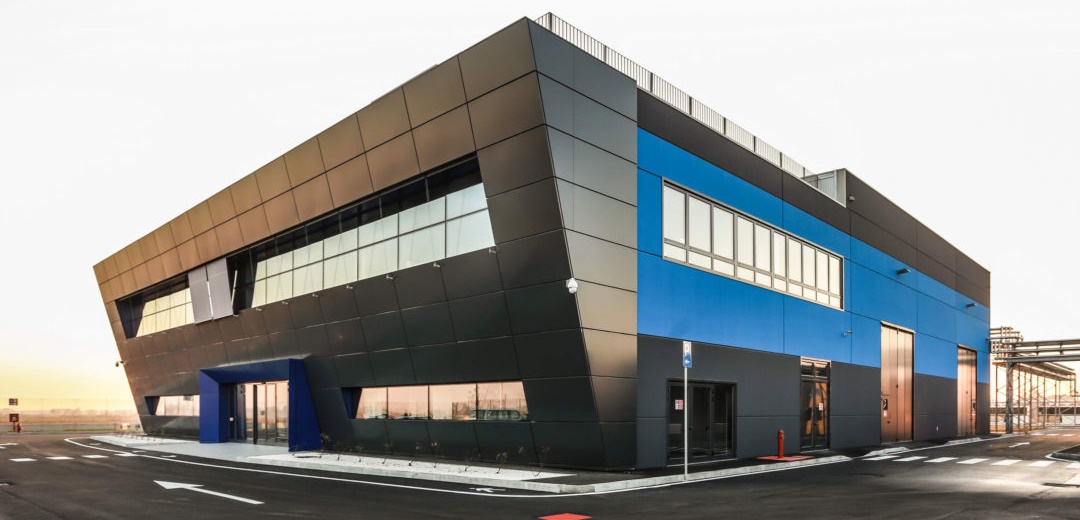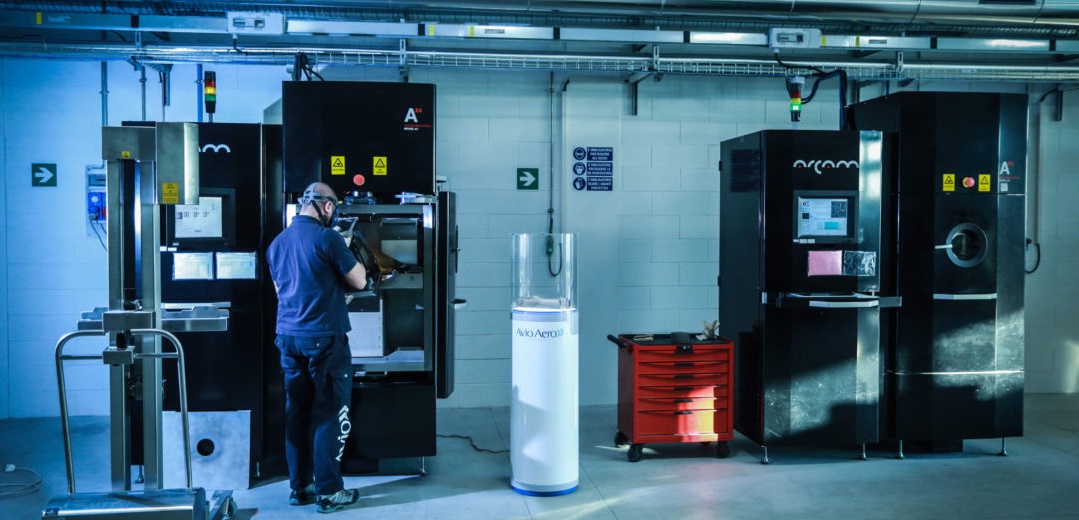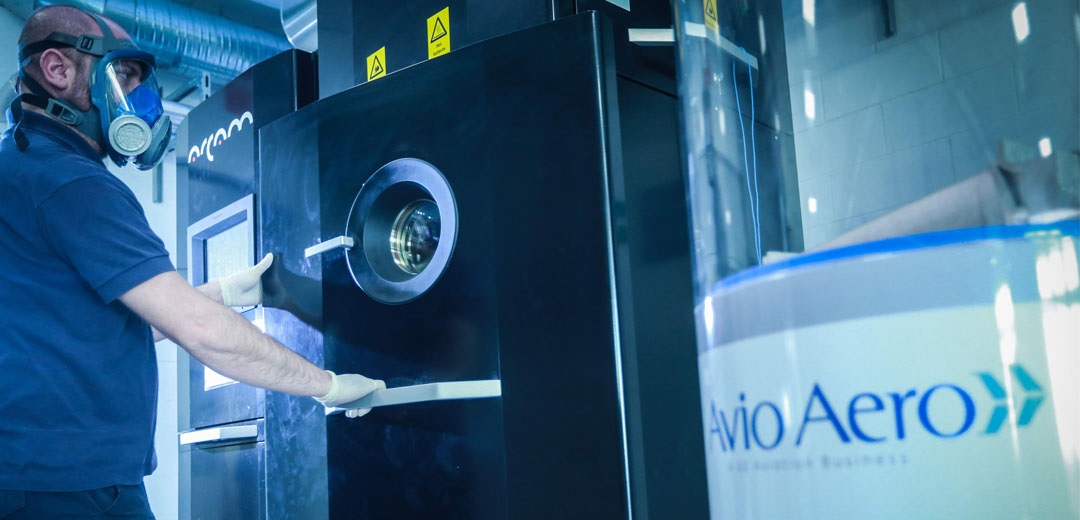Less complexity, costs, waste and noise: additive manufacturing is the industry of the future and it’s already making history today.
Transformations that take several years and considerable time to bring about major changes are more commonly defined as progress, evolution or innovation. However, this does not deny their transformational nature: this comes to mind when considering what is happening today in the world’s largest industrial conglomerate, GE.
Just look at what is happening particularly in the technology known as additive manufacturing, also known as 3D printing.
Avio Aero, part of GE Aviation, started its additive journey in 2009. In 2013 Avio Aero opened the modern Cameri plant fully devoted to the additive technology, adopting it in the hyper-complex industrial environment of aerospace and becoming a pioneer of the technology’s revolution.

Arcam, a GE Additive company, is the Swedish company that has been manufacturing EBM (electron beam melting) machines since 1997. The EBM machines use a computer-aided design (CAD) drawing to guide a beam of electrons that melt metal powder together to create parts through a highly reliable process with countless advantages. The latter are well-known: weight reduction, ability to handle very complex designs, excellent mechanical properties of the product, reduction of costs and waste due to lower consumption and handling of the raw material… the metal powder.
There are currently 21 Arcam machines at the Avio Aero plant in Cameri. That number is expected to grow, in part, to support the production of the blades for the GE9X’s low pressure turbine.
More machines are also need to “boost production and capabilities in terms of additive manufacturing for Avio Aero, with larger, more powerful and even faster machines”, said Mathias Kremer, Arcam’s key account manager dedicated to Avio Aero, a significant user of Arcam’s technology.

To produce a batch of 6 blades for the GE9X’s low pressure turbine with an Arcam EBM machine, it takes about 3 days. The designs are sent to the machine and processed as a path for the electron beams. The beams then meld the pile of metal powder (in the case of the blades, it uses TiAl, Titanium Aluminide, an extremely valuable alloy) to build from the bottom layer to the top layer a component for a jet engine that will power Boeing’s 777X aircraft.
The powder at the center of this process is an extremely important element: it is at the root of additive manufacturing’s revolutionary technology. The powders that Arcam (AP&C) produces using Advanced Plasma AtomizationTM technology and thorough research on powder materials and processing are microscopically spherical and highly malleable for the production process of EBM’s machines. In addition, the Swedish company will become even more specialized in 3D raw materials for metal printing, thanks to the recent opening of AP&C’s new state-of-the-art facility in St. Eustache, Quebec.
The collaboration efforts between Avio Aero and Arcam are focused on improving the performance and capabilities of the machines and on the optimization of process, design and powders for additive manufacturing. The amazing aspect of this collaboration is that two relatively new businesses within GE have leveraged the power of their expertise and capabilities to follow the GE Store philosophy.
Watch video
